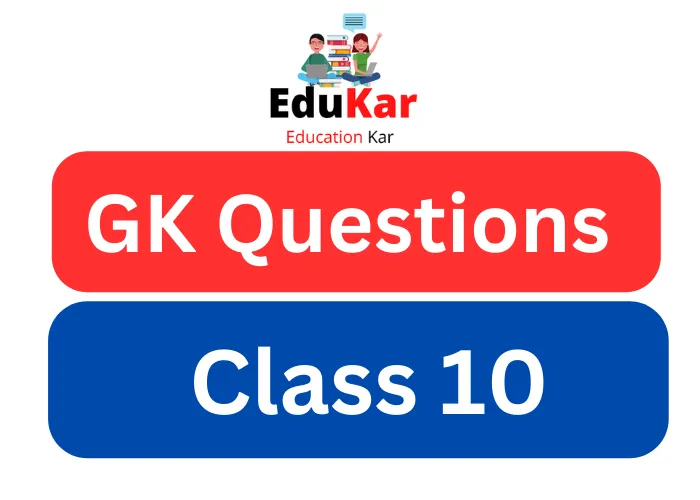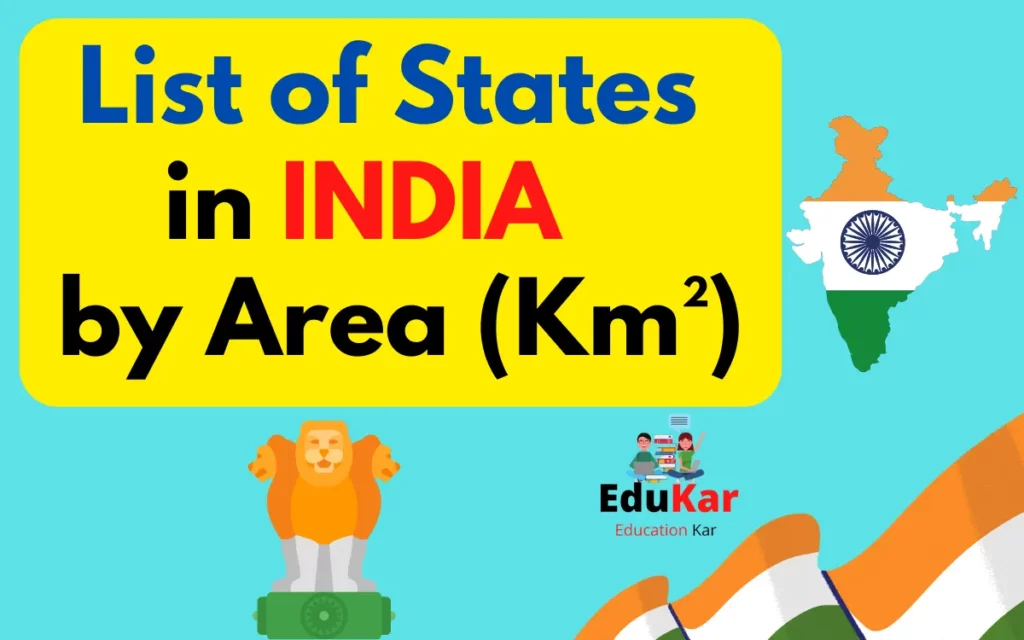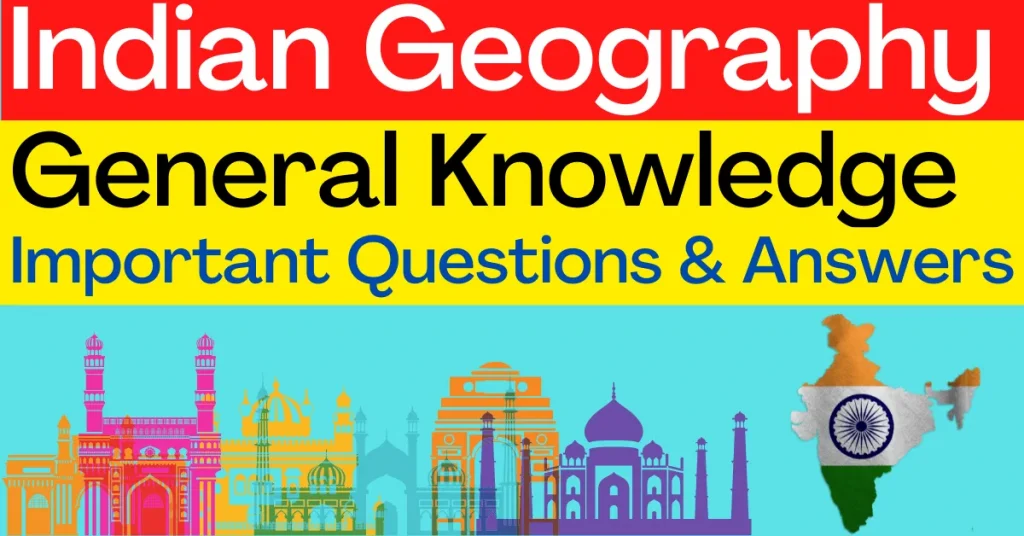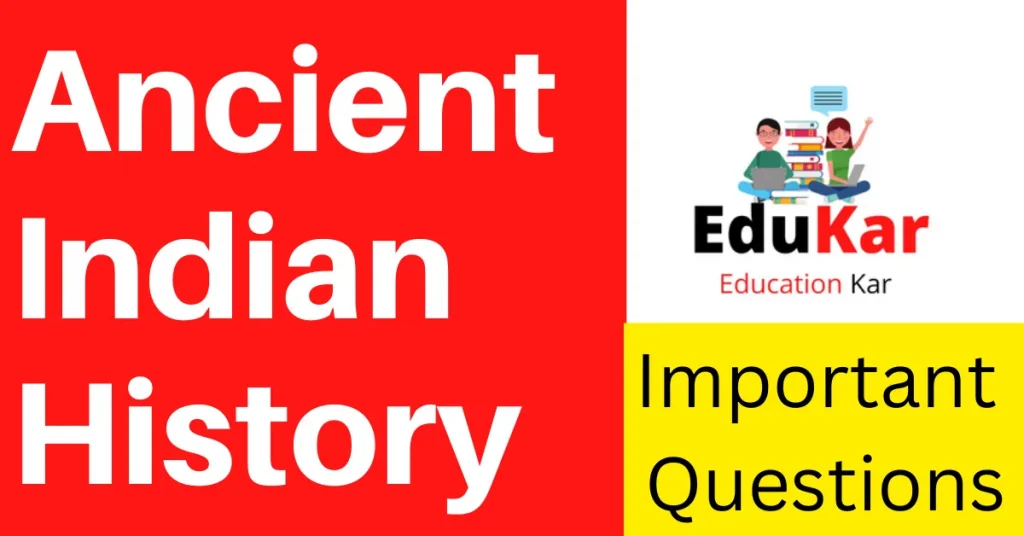Modern Indian History is a term used to discuss the most recent history of the Indian subcontinent. The decline of the Mughal Empire and the rise of British influence in the 19th century, the British Raj, and finally the Indian Independence movement, is known as Modern Indian History.
Indian history has seen many changes in the past few decades. In the modern world, there are many ways that people are shaped by history. When people are exposed to history, they are able to learn from their mistakes and make different decisions in the future. When choosing what to study, the vast amount of information available in the present day can be overwhelming. This can be a challenge when trying to learn about modern Indian History. However, it is important to remember that this is only a small section of Indian history. There is so much to learn about, and it is important to start with the basics. When studying Indian history, you need to know the different ways that people have been shaped by it. This can include the way they view their own culture or the way they view other cultures.
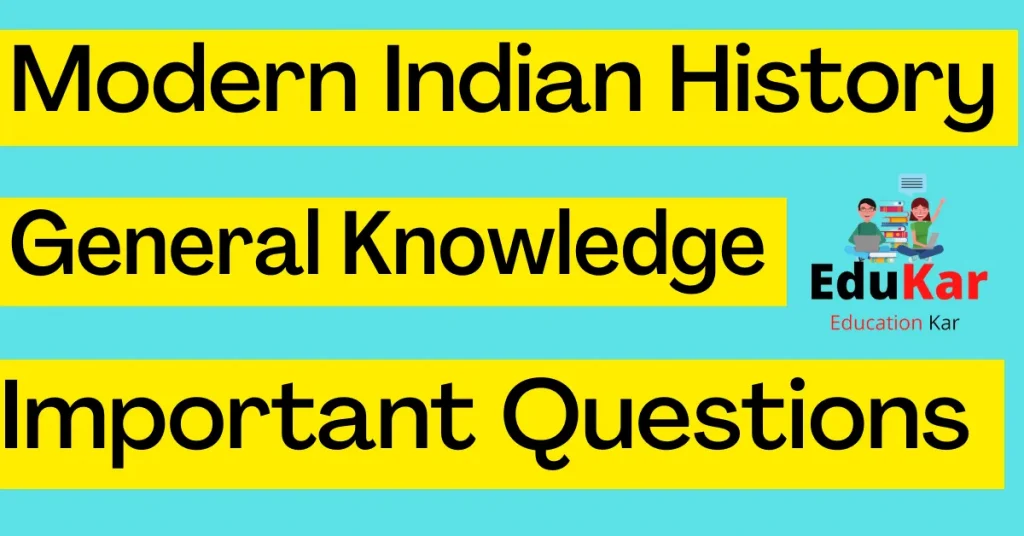
Modern Indian History- General Knowledge
Q1: Which movement has contributed to a split in the Indian National Congress resulting in the emergence of moderates and extremists?
Ans:Swadeshi movement
Q2: In which year did the Indian National Congress party split, referred to as the Surat split take place?
Ans:1907
Q3: What was the event that fundamentally changed Sardar Vallabhbhai Patel’s life and drove him towards politics?
Ans: Meeting with Mahatma Gandhi in Godhra(year 1917)
Q4: Where did the 1916 annual congress session take place?
Ans: Lucknow
Q5: During which session did Mahatma Gandhi was elected as the President of INC?
Ans: Belgaum session (1924)
Q6: When was Lord Mountbatten appointed as viceroy of India?
Ans: 1947
Q7: From which place did Mahatma Gandhi begin his political activities in India?
Ans: Champaran
Q8: What was the approximate distance that Mahatma Gandhi marched for the Salt Satyagraha movement?
Ans: 241 miles
Q9: When was the Poona pact signed between Mahatma Gandhi and Babasaheb Ambedkar?
Ans: 1932
Q10: Which Revolutionary organization was associated with the Kakori conspiracy in Uttar Pradesh In 1925?
Ans: Hindustan Republican Association
Q11: For which proposal, Mahatma Gandhi called it a “post-dated cheque” as there was no transfer of power to the Indian?
Ans: Cripps mission
Q12: The National Anthem of India” Jana Gana Mana” was first sung at the_______ session of the Indian National Congress.
Ans: Calcutta
Q13: Where was the session of Indian National Congress held in 1931?
Ans: Karachi
Q14: Kaiser-e-Hind was given to Mahatma Gandhi by the British government for his services in_______.
Ans: Boer war
Q15: The Indian councils act 1909 is known as?
Ans: Minto Morley reforms
Q16: Cripps mission which was sent to India lead to which of the following events?
Ans: Quit India Movement
Q17: The national song of India was written by whom?
Ans: Bankim Chandra Chatterjee
Q18: Mahatma Gandhi under two of fast in 1943 to _________ .
Ans: protest against the violence of the British government during Quit India Movement
Q19: The first mass movement started by Mahatma Gandhi was?
Ans: Non cooperation movement
Q20: Who was the President of Indian National Congress in 1905?
Ans: Gopal Krishna Gokhale
Q21: Which revolutionary referred to Bipin Chandra Pal as one of the mightiest prophets of nationalism?
Ans: Aurobindo Ghosh
Q22: Who was the first Muslim president of Indian National Congress?
Ans: Badruddin Tyabji
Q23: Who Was the viceroy of India during the partition of Bengal in 1905?
Ans: Lord Curzon
Q24: Which administration draft proposal act passed by the British Parliament was declared as the Government of India Act in 1919?
Ans: Montagu chelmsford Reforms Act
Q25: In which session of Indian National Congress, demand of constituent assembly was put forward?
Ans: 1936
Q26: The famous Komagata Maru incident is related to which revolutionary group?
Ans: Ghadar party
Q27: Quit India Movement was launched in?
Ans: 1942
Q28: Mahatma Gandhi started the All India Anti untouchability League in which year?
Ans: 1932
Q29: Which newspaper had begun to advocate Revolutionary terrorism after Bengal partition?
Ans: Yugantar, Sandhya, Kal
Q30: How long the Non cooperation movement was conducted?
Ans: September 1920 to February 1922
Q31: Who was the viceroy of India at the time of the formation of Indian National Congress?
Ans: Lord Dufferin
Q32: Who was the viceroy of India when the Quit India Movement started in 1942?
Ans: Linlithgow
Q33: At the end of world war 2, which committee was sent to India regarding post-war political developments in India?
Ans: Cabinet mission
Q34: The first woman president of Indian National Congress was?
Ans: Annie Besant
Q35: Which values do we learn when we read in history books about Mahatma Gandhi’s train journey to Pretoria?
Ans: Standing up against injustice
Q36: The president of the 19th session of Indian National Congress was?
Ans: Lal mohan Ghosh
Q37: ________authorised the government to imprison any person without trial and conviction in a court of law.
Ans: Rowlatt Act
Q38: Muslim League had accepted Mountbatten plan because
Ans: It had the provision for creation of Pakistan
Q39: Who was the key organizer of the Ghadar revolution?
Ans: Ras Bihari Bose & Lala Har Dayal
Q40: In which session of the Indian national congress was sung for the first time?
Ans: 1896
Q41: Who is regarded as the Mother of Indian Revolution?
Ans: Madam Bhikhaji Rustam Cama
Q42:Which of the Mahatma Gandhi struggles was related to industrial workers?
Ans: Ahmedabad struggle
Q43: When was the Indian National Congress established?
Ans: 1885
Q44: Which Viceroy appointed the hunter commission in 1882?
Ans: Lord Ripon
Q45: Which was the first English newspaper in India?
Ans: The Bengal Gazette
Q46: Who referred to Gandhi Ji as “Half naked Fakir ‘?
Ans: Winston Churchill
Q47: Which Indian freedom fighter is known as “Punjab Kesari” or Sher-e-Punjab”?
Ans: Lala Lajpat Rai
Q48: Who was the founder of Aligarh Muslim University?
Ans: Syed Ahmad Khan
Q49: Who was the governor general of India during the 1857 sepoy mutiny?
Ans: Lord Canning
Q50: Which session of Indian National Congress was presided by Sardar Vallabh Bhai Patel?
Ans: Karachi
Q51: The black hole tragedy took place at Fort William in 1756 in?
Ans: Calcutta
Q52: Gandhi-Irwin pact signed on?
Ans: 8th January 1931
Q53: The Poona pact was an agreement between? GNE
Ans: Gandhi and Ambedkar
Q54: In which, Calcutta Medical College was established?
Ans: 1835
Q55: the famous painting “Bharat Mata” was painted by?
Ans: Abanindranath Tagore
Q56: The most famous women disciple of Vivekananda? was
Ans: Sister Nivedita
Q57: Battle of Plassey was fought in the year?
Ans: 1757
Q58: Who gave the title “Mahamana” to Madan Mohan Malviya?
Ans: Rabindranath Tagore
Q59: What was the name of the ship of captain Hawkings by which he came to Surat?
Ans: Hector
Q60: Who is known as the “Father of Indian Unrest”?
Ans: Bal Gangadhar Tilak

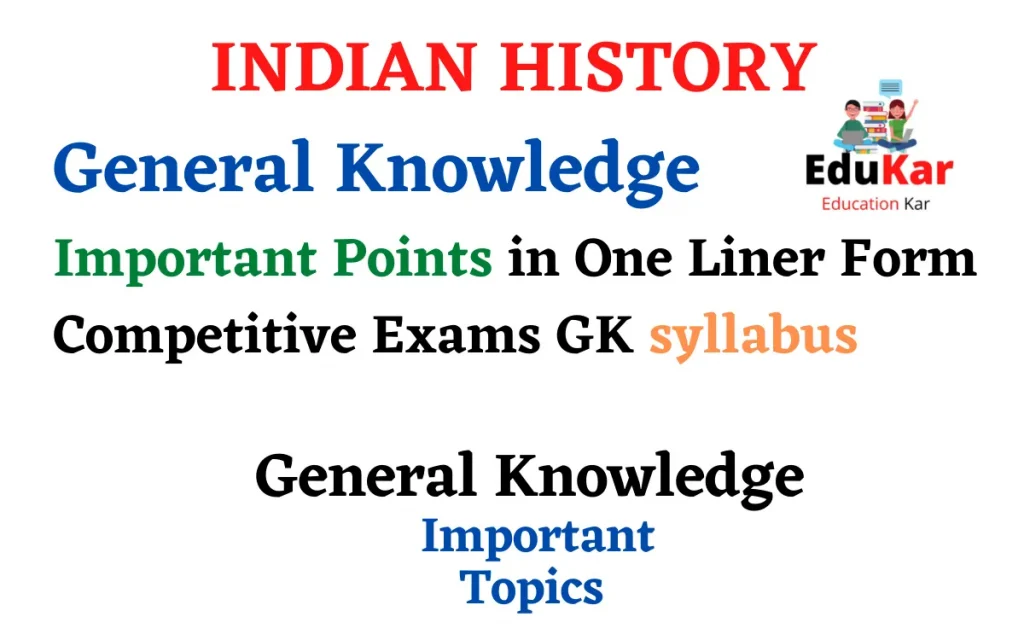
![Medieval Indian History-General Knowledge [Important Questions] Medieval Indian History](https://edukar.in/wp-content/uploads/2022/10/Medieval-Indian-History-1024x536.webp)
